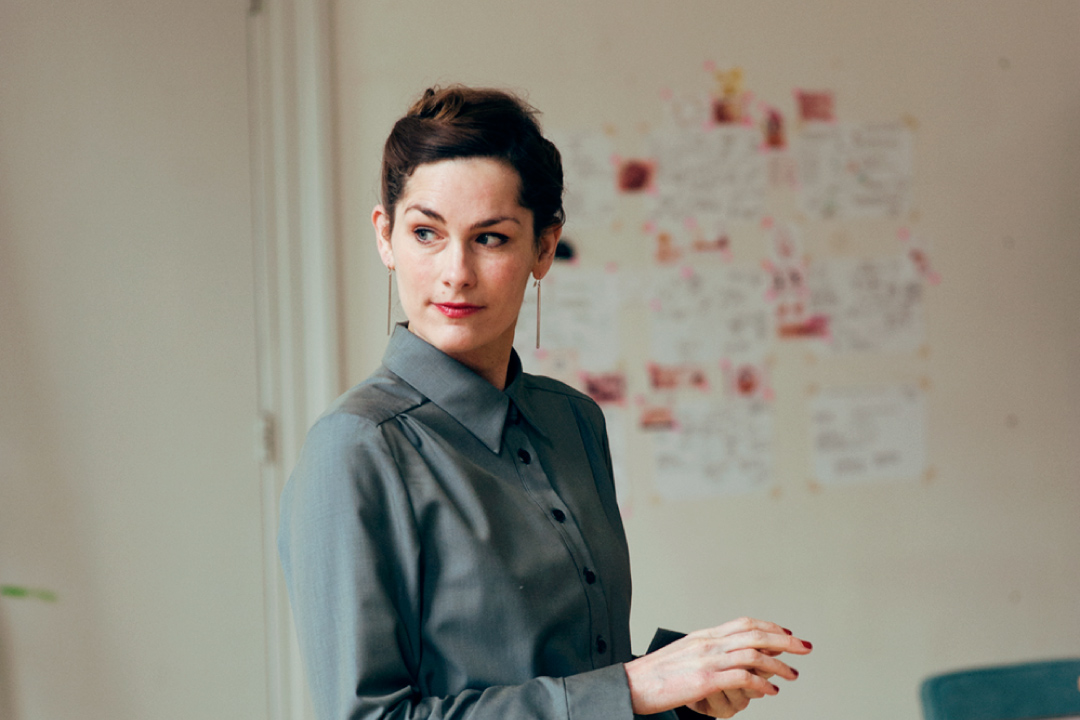
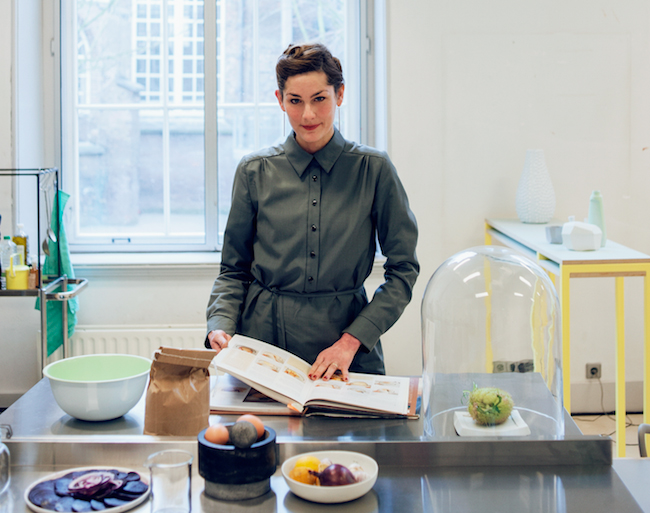
We meet Marije Vogelzang, designer, tastemaker and the director of a the first food design department at Design Academy Eindhoven
Marije Vogelzang is a designer hungry to prove that food doesn’t simply have to be fuel for the furnace. In fact she’s far more interested in how everything from fried duck eggs to berry juice can be used to engage people in wider conversations and communicate artistic ideas. The result is a cocktail of experimental and playful projects that subtly deal with human nuances as well as bigger, topical issues, like our gut reaction to meat substitutes or relations between Roma Gypsies and other communities.
“It’s funny because I work with food but most of what I do is create concepts,” says Vogelzang, whose experience running two restaurants, a successful studio in Dordrecht, as well as teaching one of the world’s first food design courses at Design Academy Eindhoven, have made her a go-to expert in the emerging field of food design for clients as diverse as Absolut Vodka and Hermès to the Dutch embassy in Dakar.
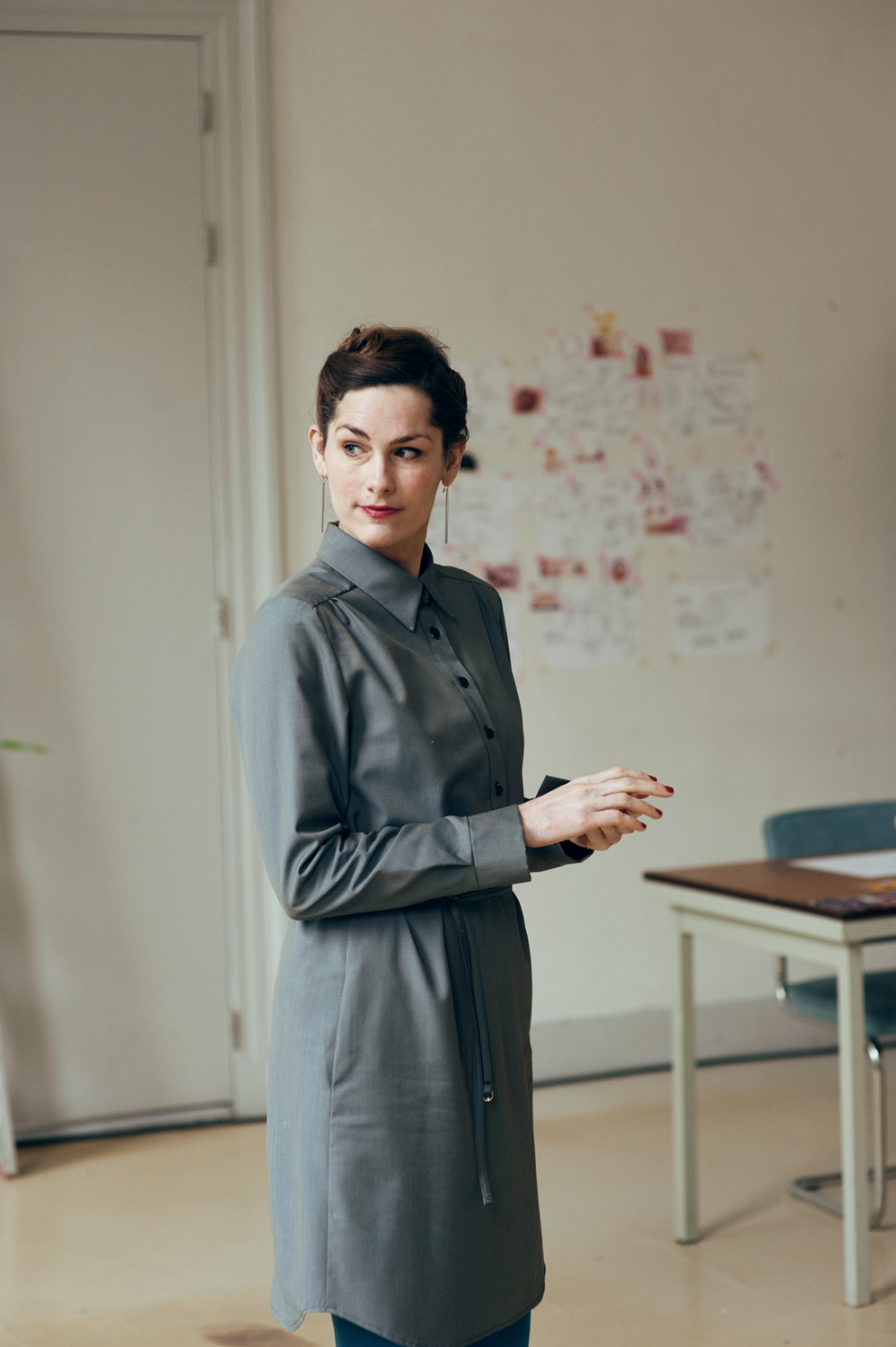
I see a big trend in young people getting more an more interested in food and where it came from.
What that means in practice is using the universal language of food as a tool to talk about human behaviors. For Vogelzang it’s not so much the cooking or even the food itself that needs to be interesting – in fact a simple pear or orange can often serve her purpose.
Veggie Bling Bling, a recent project by Vogelzang, got her daughter, who’d been resisting carrots, radish and tomatoes, to eat her five-a-day by disguising a tasting session as a jewellery-making workshop. “I invited all her friends from day-care to my studio and we told them we were going to make this jewellery with their teeth,” explains Vogelzang. “They had to nibble to shape these vegetables and obviously taste them, but they didn’t think they were eating them because they were playing.” The result was her daughter acquired an improved palette, as well as a new set of cucumber earrings.
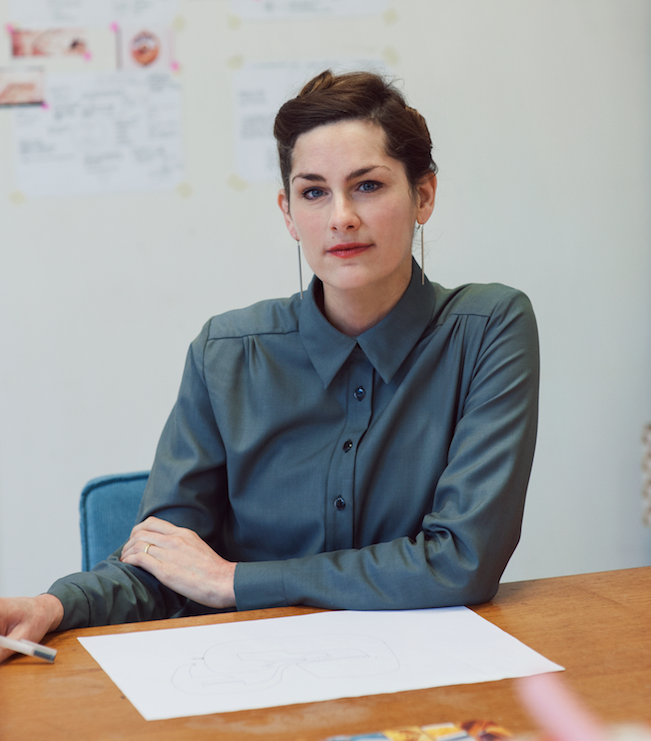
This fascination with the psychology of food goes back to Vogelzang’s earliest childhood memories, when she tested out which canapés people picked out of a selection at her parents’ parties.
Today she’s as interested in changing perceptions of food as what those perceptions are. “Food is also partly about trends and changing values,” she explains. “It has to do with scarcity as well as how we associate different kinds of foods with different groups.”
For example, at a three-day performance, titled Eat Love Budapest, Vogelzang encouraged Roma Gypsy women to feed visitors while telling them their life stories. People who stumbled upon the installation could sample traditional recipes, but the main aim was to create a debate around gypsy acceptance in Hungary. The overall verdict from participants was that it was a totally different and refreshing take on the topic in the way it used food to initiate a dialogue.
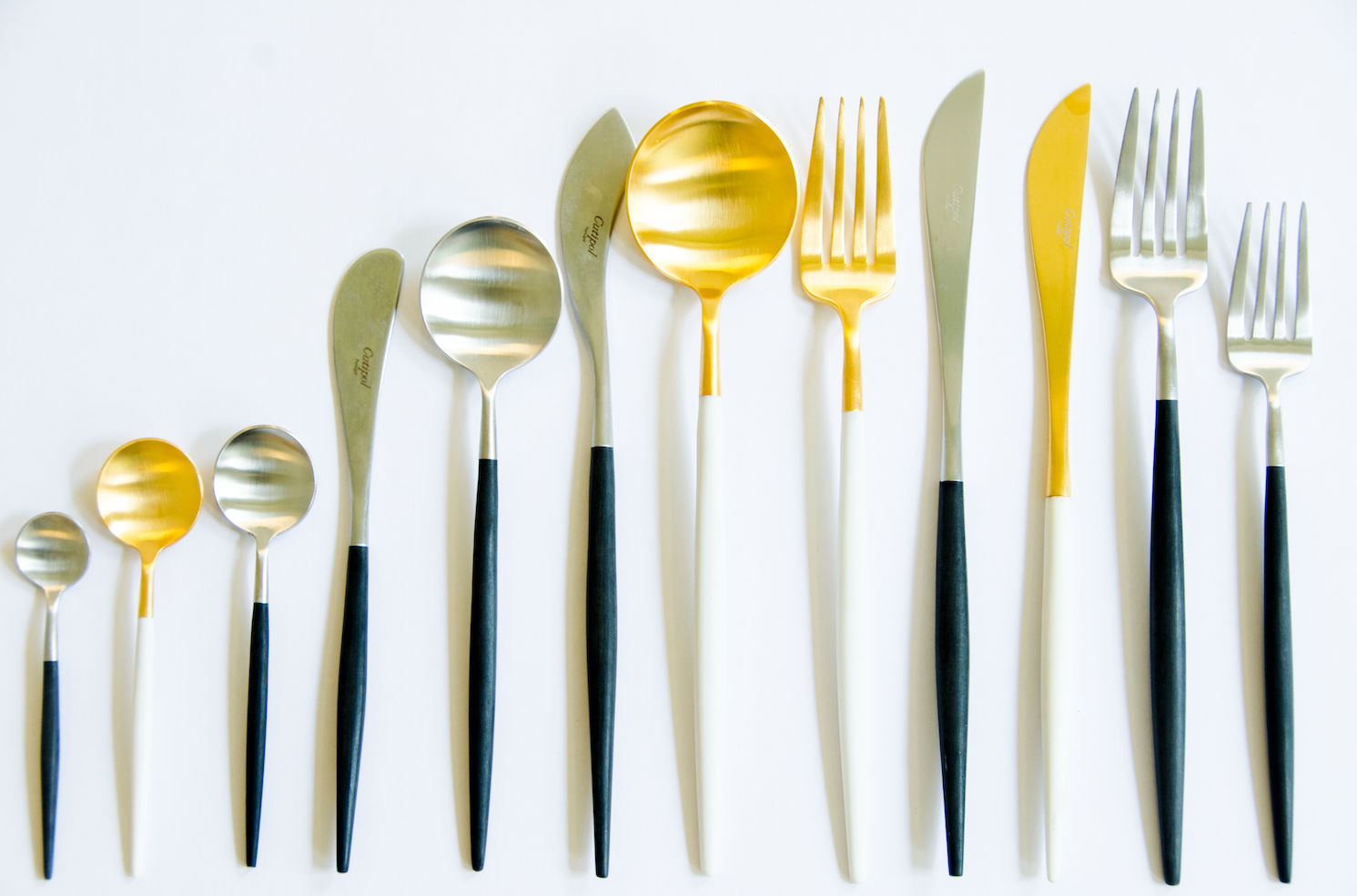
Today Vogelzang teaches this philosophy of food design to students at her alter mater on a course where, it’s safe to say, very little centres around actual cooking. “We can work with chefs, but equally we can work with bio technicians, psychologists, pharmacists or waste managers, it’s a very broad subject,” says Vogelzang. “It’s really nice to work on something I’ve been doing for nearly 15 years and then to have a bunch of students that are as passionate as I am about these things. It gives me lots of energy.”
The fact that there is such a food course signals a change in perception around food. It’s now being treated as a serious subject, whereas 15 years ago nothing of the sort existed in the design field. “I think there’s a food revolution going on,” says Vogelzang. “I see a big trend in young people getting more and more interested in food and where it came from, what to do with it and various sub cultures in food appreciation.”
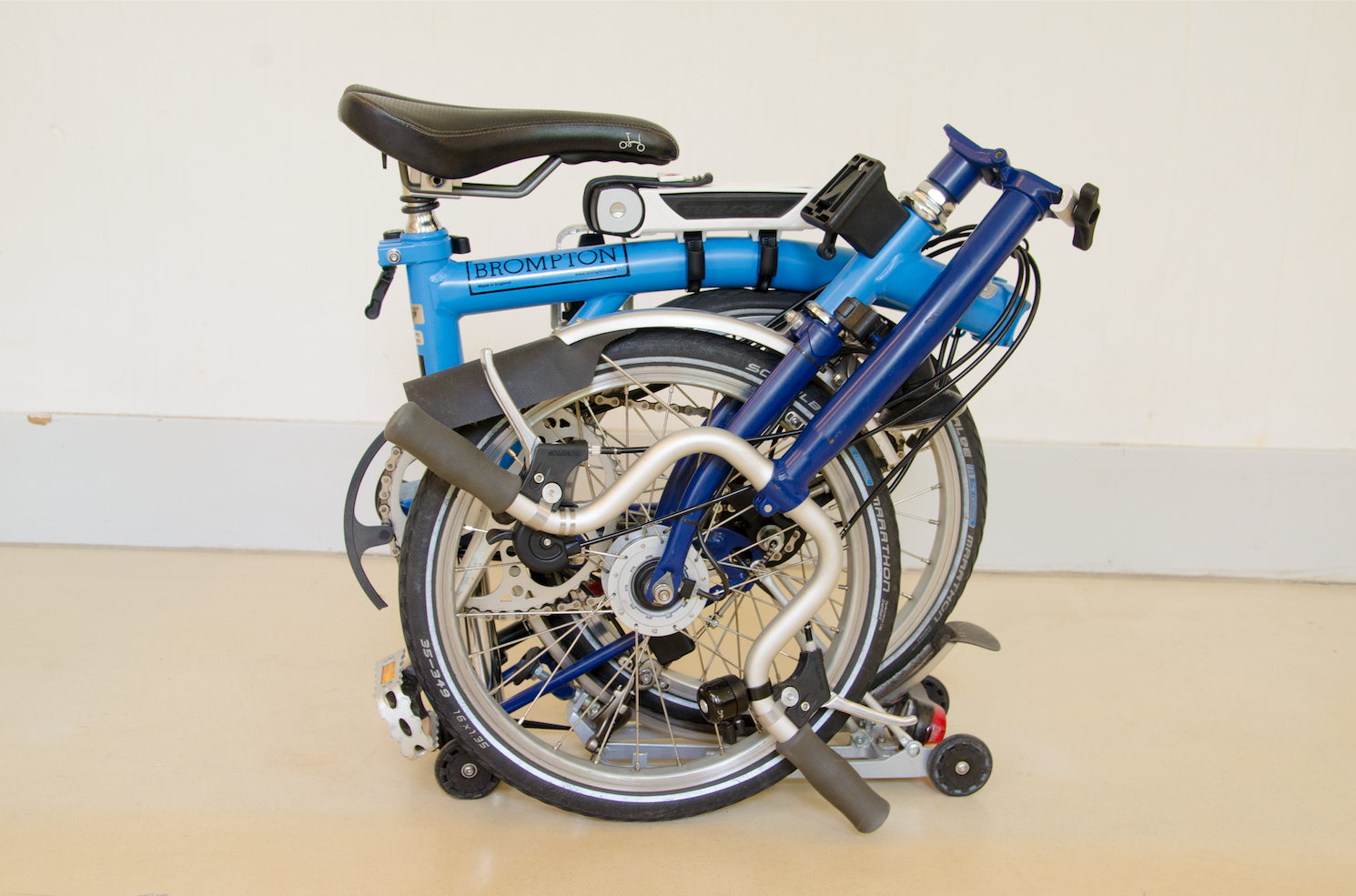
Some want to find out how to solve problems like obesity, biodiversity and animal welfare, while others are more interested in scaling production, or simply discovering what new tastes human ‘guinea pigs’ are into. Either way Vogelzang sees a bright future for the discipline. “It would be arrogant to think we could save the world,” she says. “But I think designers could play a small part in helping show different paths and different ways. So, in a sense, that means there’s still a lot to do.”
Photography by Teska Overbeeke



Discussion